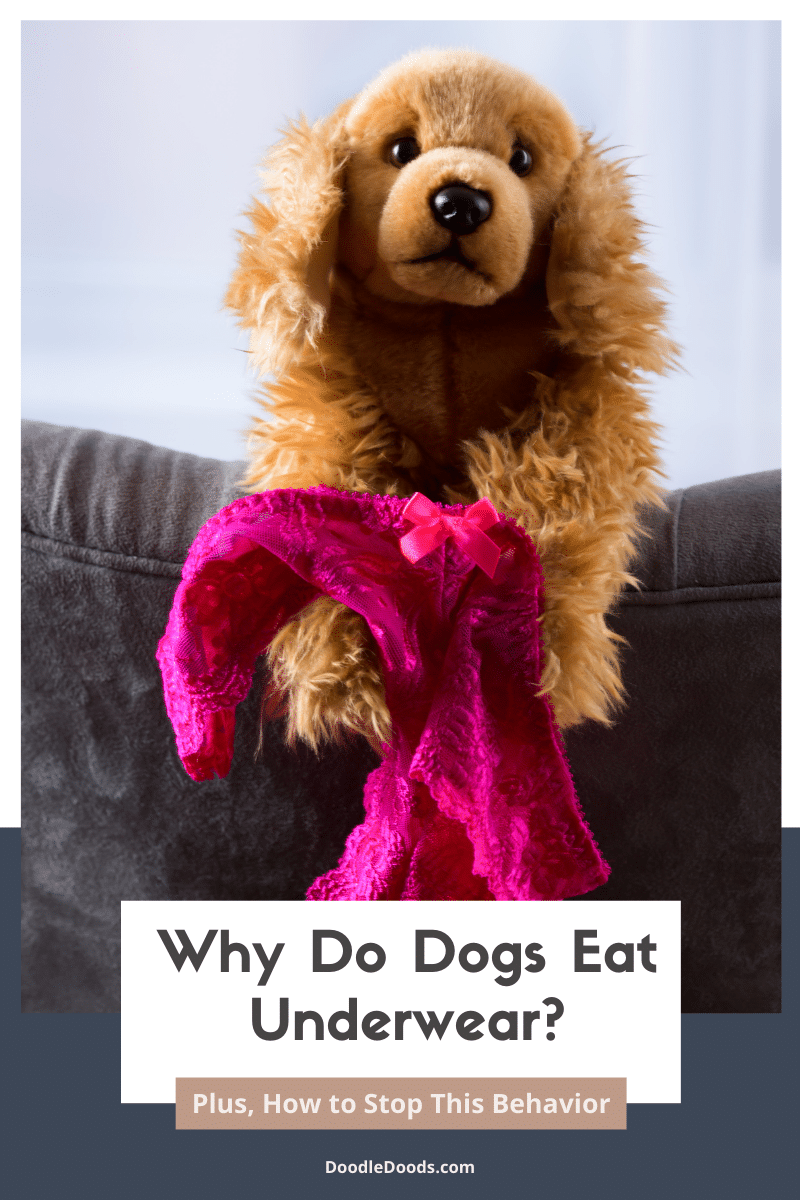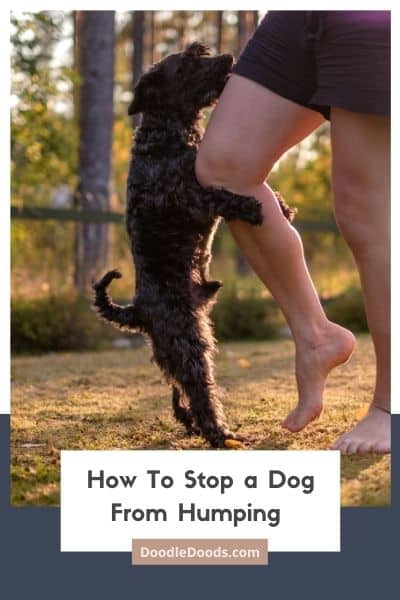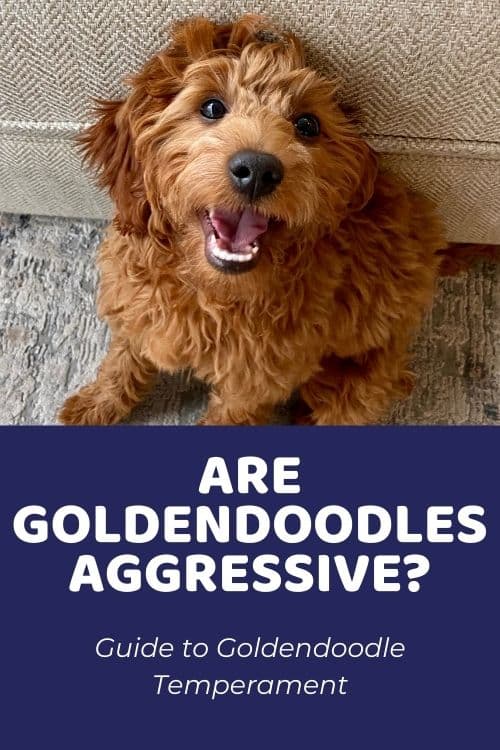Jumping up is a pretty standard canine greeting. Not only does this put your pup a little bit closer to your face, but this behavior is guaranteed to get them some attention. While it may be cute that your beloved fur baby is happy to see you (especially when they are younger and smaller), it can quickly become annoying when they are doing it all the time. Moreover, people on the street won’t be thrilled with your dog launching themselves at them in greeting, either. With smaller pups, there’s the issue of dirty paws and nails on bare skin. With larger ones, there’s a chance someone could be knocked clean off their feet. That’s when you start wondering about teaching a dog not to jump!
So, how can you best temper or redirect your dog’s enthusiasm without discouraging them from being happy to see you? Let’s take a look.
Table of Contents
- Reasons Why Your Dog Jumps on People
- Managing Your Dog’s Jumping Behavior
- Teaching a Dog Not to Jump: Training Methods
- Make a Training Plan and Stick To It
- Teaching a Dog Not to Jump: FAQs
Reasons Why Your Dog Jumps on People
Dogs jump up for many different reasons. One of the key reasons, as touched on above, is to say hello. If you observe dogs greeting one another, they often do this face-to-face. So it’s only natural that they try to do the same with their human pals. As your face is way up there, jumping up is the only real way for them to achieve this.
Your dog may also have learned to jump up (or continue jumping up way past the initial hello) because they have learned that it gets them something they want. People unintentionally perpetuate unwanted behaviors in their pets by responding to them. So, for instance, if your dog is able to get you to feed them this way, they will keep doing it.
Often your attention alone is more than enough to keep your pup jumping up. And remember, it won’t just be you reinforcing this behavior but anyone who makes a fuss of your pooch when they do it. Even people who push your dog away are unwittingly encouraging them. They will likely view this as a fun game and do it all the more.
So you really can’t win here, or can you?
Managing Your Dog’s Jumping Behavior
Once we have established that jumping up is often about a reward, it becomes clear that removing said reward is the best way to discourage it. That certainly is a large part of training your four-legged friend not to jump up. The rest is about redirecting this greeting behavior into one that is more manageable, not to mention far less annoying.
Any kind of training, especially the sort that involves changing established behaviors, takes patience and consistency. As such, getting your dog not to jump up at people can be quite a lengthy process. You can’t expect your pup to learn overnight. Frustratingly, you’ll even find that the behavior gets far worse before it gets any better.
Managing your pup’s jumping behavior is the key to avoiding it becoming even more firmly embedded in their mind as a way to get what they want. By far, the easiest way to do this is by using restraining tools such as their leash, crate, or baby gates that actively prevent them from getting at people to jump up and receive the attention reward.
Then by asking visitors to your house or fellow dog lovers in the park not to fuss your pet until they have calmed down, you can start to shape the behavior boundaries. In this way, you will lessen the action-reward connection between jumping up and reward while demonstrating to your pup that being chill is the best way to get attention.
But what about the actual training part?
Teaching a Dog Not to Jump: Training Methods
Experts use several techniques for teaching a dog not to jump and to encourage overly excitable dogs to greet people, including their owners, in a calmer, more convenient way. Among the more popular ones you have:
The “Four on the Floor” Method
In teaching your pup to keep all four paws down when new people are near, you’ll be making use of treats to reward them before they can even think about jumping up. Sound counterintuitive? Well, the idea is to keep them busy devouring their favorite snacks while the person approaches, fusses them, and then moves away before they get a chance to finish and react. This will need a fair few repetitions, but once your pal starts getting the idea that staying down gets them both treat and attention rewards, you’ll be golden.
While this method is more straightforward when you’ve got someone who can give you a hand, if you do want to tackle it alone for greater convenience, that’s possible too. Simply use a leash to keep them tied to a door or post, deliver the treats, wait until they are happily munching away, and then provide the attention. If your pet starts to get a little too rambunctious, walk away and wait for them to calm down before try, trying again. Remember to reward your dog heavily when they do what you want to encourage repetition of this action.
With this technique, you might get worried that your pup is only in it for the treats. Imagine you had to stuff your Dood full of food to get what you wanted for the rest of ever – how fat would they get?! Luckily, this isn’t how positive reinforcement works. The treats are simply a stand-in for attention. They provide the motivation needed to keep your pup interested until they get the hang of things. Once they understand that “four on the floor” is the only way to get attention, the treats will become unnecessary to the process.
Commands Like “Sit” Or “Down”
Alternatively, if you’re looking for a way to be a little more proactive in your attempts to get your pooch to stay down (or if they are not getting the hang of four on the floor), you might choose to use commands. You’ve likely already got the hang of the basics and could even make use of those here. For instance, “sit” is probably one of the first things you taught your hound to do. When you ask your pup to get in this position before someone approaches, you are making it more difficult for them to jump up.
With this approach, it’s pretty easy to see how you could tackle this on your tod. As above, simply tether your Dood, issue the command and then wait for them to obey before approaching. If they start to rise to a standing position, you simply go back and start from the beginning. Frustrating, perhaps, but it shouldn’t take that many repetitions. Again, make heavy use of rewards – enthusiastic pets, cuddles, and high-value treats. Soon your pet will likely stay seated at your approach, and you’re ready for the next level.
Getting friends and family members involved is necessary because jumping up is an excitement response. Namely, your pet may not always have much control over it. You might consider getting them to lie “down” if they are hopping up to easily from a seated position. The more you practice this with others (and in different environments, too), the more accustomed your pooch will become to staying calm when people approach. This is an excellent form of socialization if you and your pal are still working on that.
Make a Training Plan and Stick To It
While both the above methods for teaching a dog not to jump might seem relatively simple and something you could easily get through in a single afternoon, don’t underestimate the strength of established behaviors. You may be encouraged to find your pet doing what you want one day, only to find they seem to have forgotten all about it the next.
One of the biggest reasons you might find actions you thought you had abolished reemerging is due to a positive reinforcement-based phenomenon known as an “extinction burst.” This is where behaviors you are trying to condition your pup out of temporarily increase as they desperately attempt what they know to get what they want.
Hold firm, my friend! If you fold at this hurdle, you’ll just be making life tougher for yourself in the future. Keep working on the above techniques and withdraw your attention when your hound seemingly doesn’t get it. If turning or walking away doesn’t work, try placing a barrier, such as a baby gate, between you until your pooch calms down.
You’ll also need to ensure that everybody else in your household (and beyond, is on the same page). Consistency is key when retraining a behavior. If you let your dog get away with something, even sometimes, they will always do it. Do your best to explain to all that they should in no way respond if your pup jumps up at them – not easy, but possible!
Need help with training?

Use our discount code: DOODLEDOODS at checkout for an instant 25% off of BAXTER & BELLA, The Online Puppy School – an incredible value on their lifetime membership!
Learn More About BAXTER & BELLATeaching a Dog Not to Jump: FAQs
Alongside shouting and striking out (both always bad in the world of dog training), it’s also a good idea to avoid pushing your pup away or down to the ground when they jump up at you. Rather than understanding that you don’t like them doing this, it’s more likely than not that your dog will think they’ve just invented a great new game and you are simply joining in. Not only will this encourage them to jump up all the more in the moment, but it will also reinforce the behavior in the long run because your pet will just find it so much fun.
There is no set-in-stone set of dog commands for anything, really. The words you choose will be the ones that work the best and make the most sense for you and your family. Some owners like to make use of an existing command to prevent their pets from jumping. These include “sit” or “down” (as in lie down). Both of these put your pup in a worse position for leaping around. Others prefer to send them off to “bed.” Whichever you choose in teaching your dog not to jump, remember to be consistent, and your bright, sassy Dood will get the hang of it.
Usually, jumping, like barking, or other energetic behaviors are a “symptom” of the kind of excitable enthusiasm that puppies and young dogs mostly have. So, it may well be the case that your joyful mutt starts to calm down a bit around the age of two. This means they may even stop jumping up all on their own.
However, it’s tough to be absolutely sure this will be the case. As such, it’s always best to add in methods to keep them from doing this to their early training. Trust us when we say that retraining an older dog out of jumping up will be far, FAR harder than stopping a younger one from getting used to doing it in the first place.
Jumping up is a common problem facing many dog owners. It can be an irritating, embarrassing, and sometimes even downright dangerous issue. Don’t let your pup’s evident excitement for life (communicated, of course, by getting their face as close to yours as they can) drive you around the bend.
Like all other canine behaviors, jumping up can be fixed with practical training using positive reinforcement methods (not to mention plenty of treats!). Bring in crates, leashes, and baby gates where you can (at first, at least) to make your life even easier, and with a bit of patience, you’ll soon have your hound greeting you and other people in a far more sensible way. You just need to make sure that everyone in your family is on board with the method and reacts to your dog the same way when they do jump up – otherwise, you’ll never get there!
Learn How to Care for Your Doodle Puppy!

Perfect for first-time Doodle parents, get ALL your questions answered, including questions new Doodle parents don’t even think to ask.
Plus, get $700 worth of Bonus Materials for FREE, including:- Doodle Parenthood Community and Support Group ($190 value)
- Doodle Puppy Growth Tracker ($20 value)
- EMERGENCY Cheatsheet: When To Call The Vet Immediately ($50 value)
- HELP! Button ($145 value)
- And SO MUCH MORE!












I’m learning how to avoid Charlie’s jumping by watching what my 11 year old beagle Luke does. He just sits or stands still until Charlye stops and then nozzles him.
February 12, 2023 at 7:29 pm